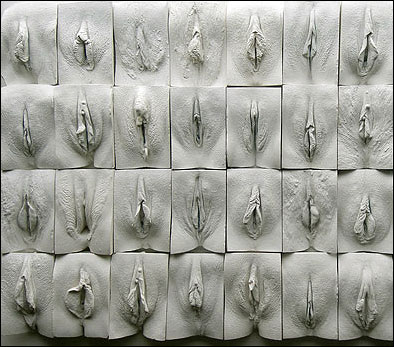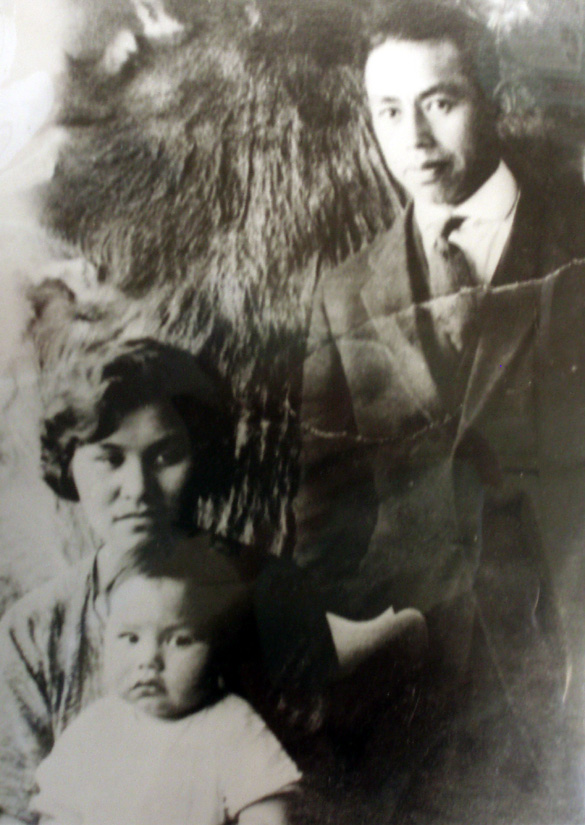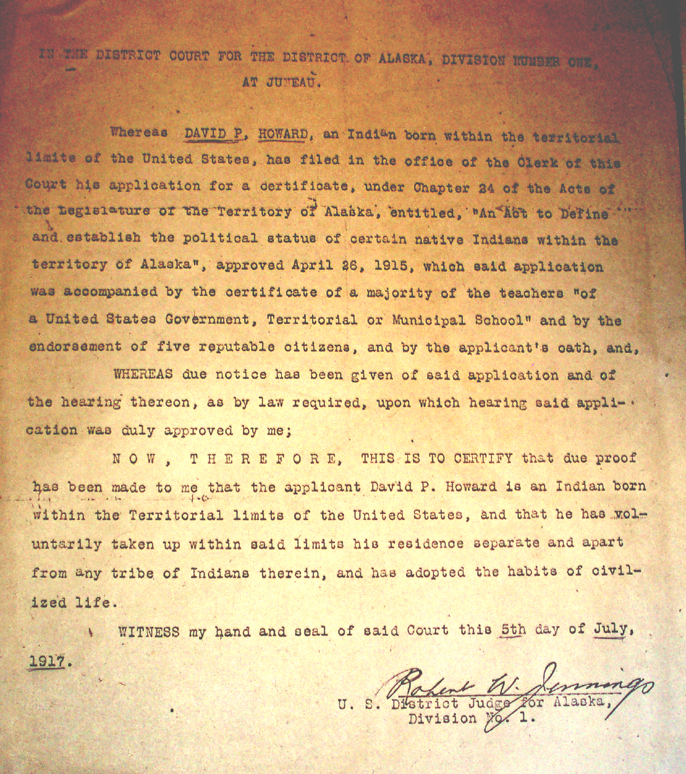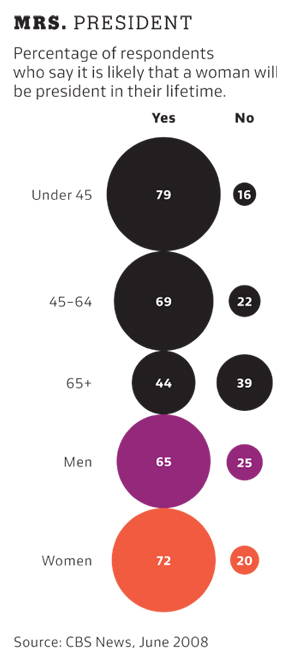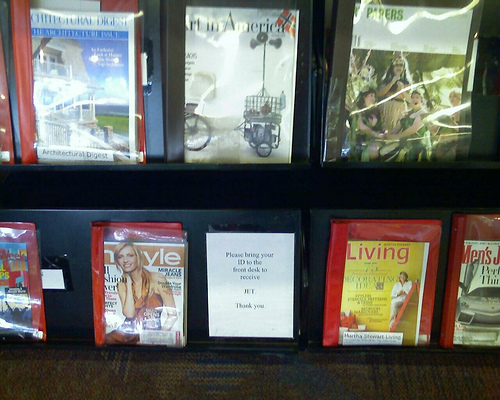Only recently in U.S. culture have rigid and narrow beauty standards for women extended to their vulvas. With the ascendance of cosmetic surgery (and its profits), marketing (and its effectiveness), and the visibility of pornography (and its mainstreaming), there is now cultural pressure on women to have the perfect vulva (see here and here). This post shows before and after pictures of labiaplasty.
When teaching about this phenomenon, I find that my students balk at the idea that there isn’t, in fact, a “normal” vulva. They are incredulous that vulvas would vary. This incredulity is somewhat understandable. If the women are heterosexual, they are unlikely to have seen many, or any, other than their own (and likely not even their own). Gay men are in a similar predicament. Gay women and straight men, being so young, are also unlikely to have seen many. In any case, showing them that vulvas do, in fact, vary is helpful.
The image after the jump is an art project (image found here). The artist cast women’s vulvas, so what you will see is 28 plaster vulvas made from molds. The image is after the jump because it is not safe for work… not likely, frankly, safe for home either! But it surely does make the point.

